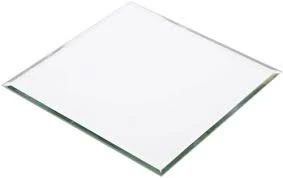

Understanding Low Emissivity (Low E) Glass A Modern Marvel for Energy Efficiency
In recent years, the quest for energy efficiency has become increasingly important in architectural design, home construction, and renovation projects. One of the significant innovations in this field is low emissivity (low E) glass. This type of glass has been gaining popularity due to its energy-saving properties and its ability to enhance comfort within buildings.
Low E glass is essentially a type of insulated glass that is designed to reflect infrared radiation while allowing visible light to pass through. This unique property is achieved by applying a thin, transparent coating—often made of silver or another metallic oxide—to the glass surface. Depending on the specific design and construction, low E coatings can either be placed on the exterior or interior surface of double or triple-glazed windows.
Understanding Low Emissivity (Low E) Glass A Modern Marvel for Energy Efficiency
The environmental impact of using low E glass is significant. According to various studies, incorporating low E glass in buildings can lead to substantial reductions in energy consumption. By minimizing the need for artificial heating or cooling, buildings can reduce their carbon footprint, making them more sustainable. This is particularly important as global awareness of environmental issues, such as climate change, continues to rise.

Moreover, low E glass contributes to increased comfort in indoor environments. The technology not only helps regulate temperatures but also reduces glare and harmful UV rays. This combination helps create a more pleasant living and working space, which can enhance productivity and overall well-being for occupants. Furthermore, low E glass can offer protection for furniture, artwork, and other interior finishes by minimizing UV exposure, thus prolonging their lifespan.
In addition to its functional advantages, low E glass also meets aesthetic needs. With various tints, colors, and finishes available, it can complement a wide range of architectural styles. Homeowners and architects alike can find low E glass that satisfies both performance and design preferences, enhancing the overall look of the building while maximizing energy efficiency.
As technology continues to improve, more advanced types of low E glass are being developed, including those with dynamic capabilities, such as electrochromic and thermochromic materials. These innovations promise even greater energy savings and comfort control, allowing buildings to adapt automatically to changing temperature and light conditions.
In conclusion, low emissivity glass represents a significant advancement in the field of energy-efficient materials. Its ability to enhance comfort, reduce energy costs, and contribute positively to environmental sustainability makes it a wise choice for modern constructions. As more homeowners, builders, and architects recognize its benefits, the use of low E glass will likely continue to grow, paving the way for smarter, greener living spaces. The future is bright for low E glass, and its role in energy efficiency is nothing short of transformative.